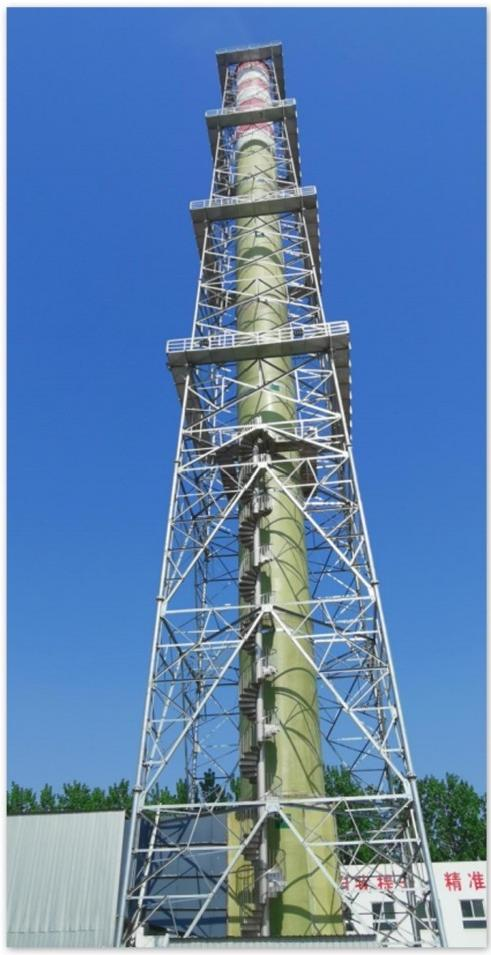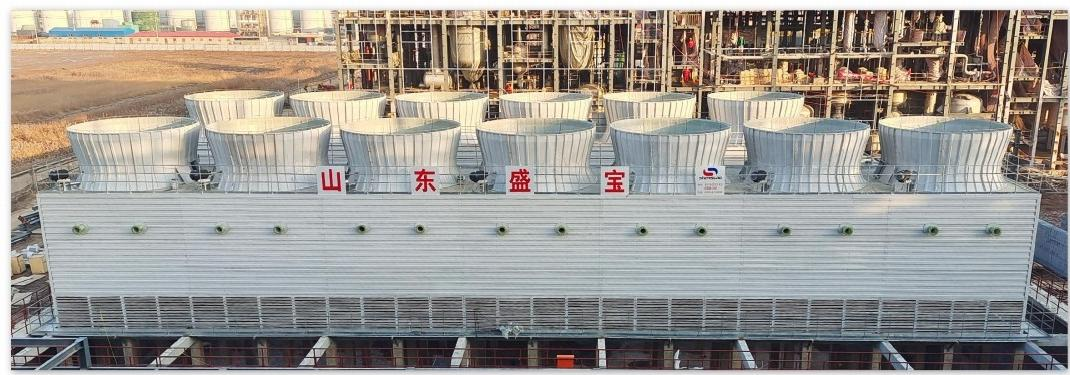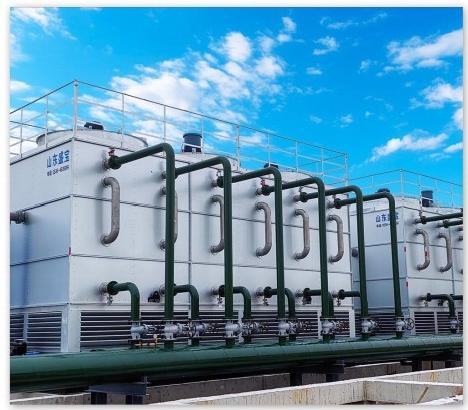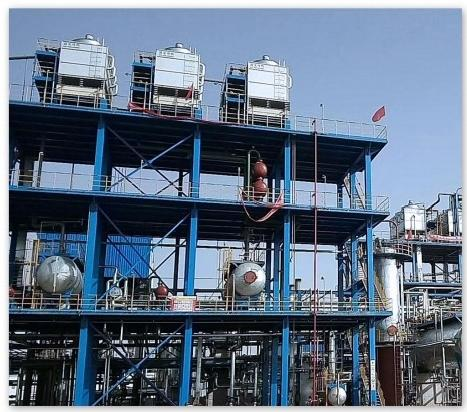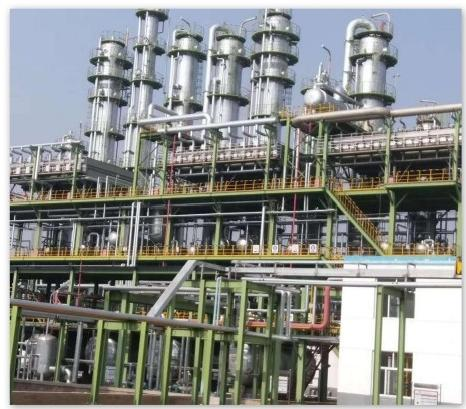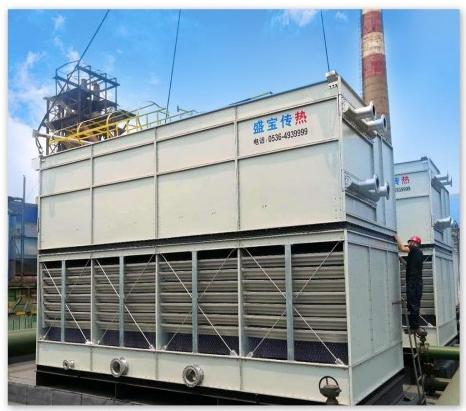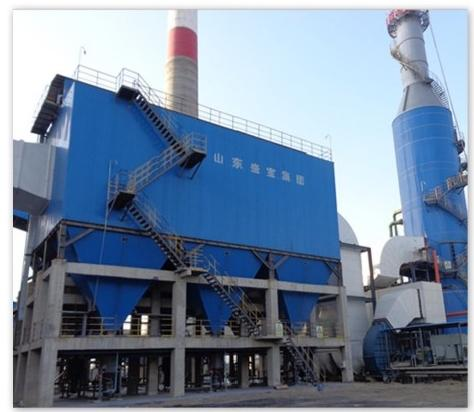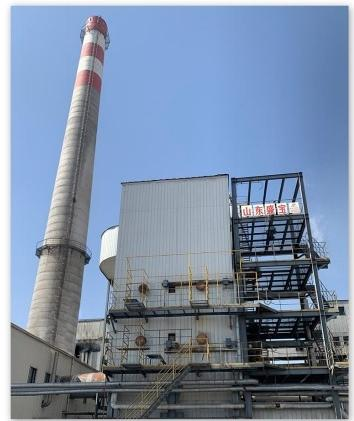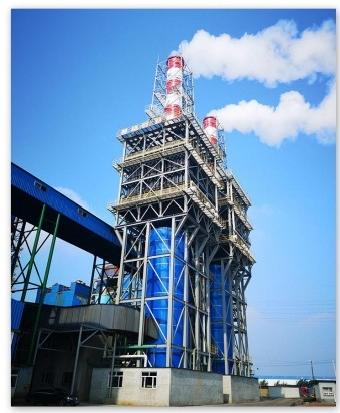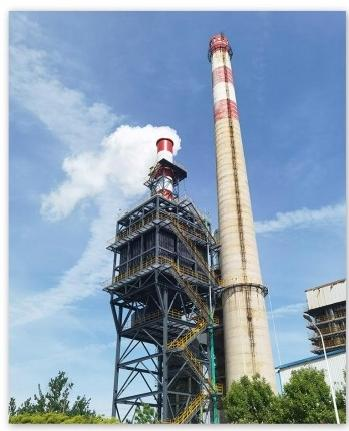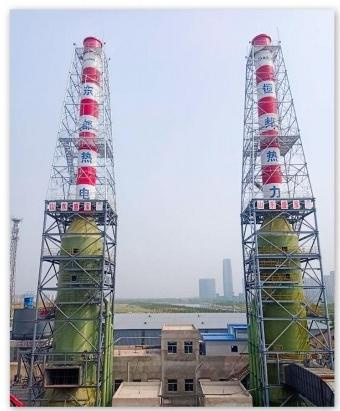Wedoany.com Report-Nov 12, Brazil is set to import nearly 900,000 metric tons of thermal coal this month, the highest monthly tally on record and three times the monthly average for 2024 so far, according to data from ship-tracking firm Kpler.
The coal buying binge comes as an enduring drought has slashed hydropower output to three-year lows, leaving power producers low on power-generating fuels heading into the hottest months of the year when electricity demand peaks.
Power firms have also lifted imports of liquefied natural gas (LNG) to their highest since late 2021, indicating that a steep rise in fossil fuel-fired generation is looming in South America’s largest economy.
Higher use of fossil fuels will in turn lift Brazil’s power sector emissions, which are already at their highest since 2021.
HYDRO LETDOWN
Hydro power typically accounts for around 65% of Brazil’s utility-scale electricity production, with hydro-electricity generation averaging just under 40 terawatt hours (TWh) a month throughout the first half of 2024, Ember data shows.
However, in September hydro output fell to just 28.7 TWh as a drop in precipitation from the year before hit dam output.
Cumulative rainfall in Brazil’s southeast – home to many of the country’s biggest dam systems – was just 584mm (23 inches) over the first 10 months of the year, according to LSEG.
That was 10% less than the average from 2019 through 2023, and marks the second straight year of less than 600mm of rain over the opening 10 months of the year.
The drop in actual hydro output also cut hydro’s share of Brazil’s generation mix to just 50% in September, forcing power suppliers to boost output from alternate sources in order to meet system demands.
CLEAN CUT
While Brazil has one of the world’s cleanest power systems, utilities will likely rely on fossil fuels to generate much of the lost hydropower as output from gas and coal-fired power plants can be quickly adjusted to balance system needs.
So far this year, hydro dams have generated around 63% of total electricity supplies, wind farms have accounted for around 15%, while solar farms have generated around 10%.
Nuclear plants have accounted for an additional 2.5% share, while bioenergy plants – which mainly burn sugar cane pulp – have generated an additional 1.5%.
The cumulative share of power generation from clean sources so far in 2024 is 92%, which remains one of the highest globally.
However, the remaining 8% share of generation has come from fossil fuels, which look primed to be used in even greater volumes over the coming months if hydro output remains hindered.
Natural gas has generated around 6% of Brazil’s electricity so far in 2024, while coal and oil-fired plants produced an additional 2.2%.
PEAK DEMAND
A steep climb in overall power consumption is also placing Brazil’s power firms under pressure to lift output.
Brazil’s electricity demand over the first nine months of 2024 is up nearly 7% from the same months in 2023, which is the strongest growth pace for that period since 2021 when the country’s economy recovered from COVID-19-related restrictions.
But overall power demand is likely to climb higher still heading into 2025 as homes, factories and offices all dial up the use of power-hungry cooling systems during summer.
Average temperatures in Sao Paolo – Brazil’s most populous city – can average over 10 degrees Fahrenheit (5.6 degrees Celsius) more during November through February than during the other months of the year, according to Weatherbase.
Those higher summer temperatures – which can top 30C (86F) – tend to boost the use of air conditioners around the clock, and strain power networks.
To meet those higher demand levels, utilities look set to lift output from the country’s coal and gas-fired power plants, which will be well stocked from the scheduled imports of both coal and LNG that are en route.
A sharp rebound in precipitation levels could help restore output from dam networks and limit the overall use of fossil fuels in 2025.

